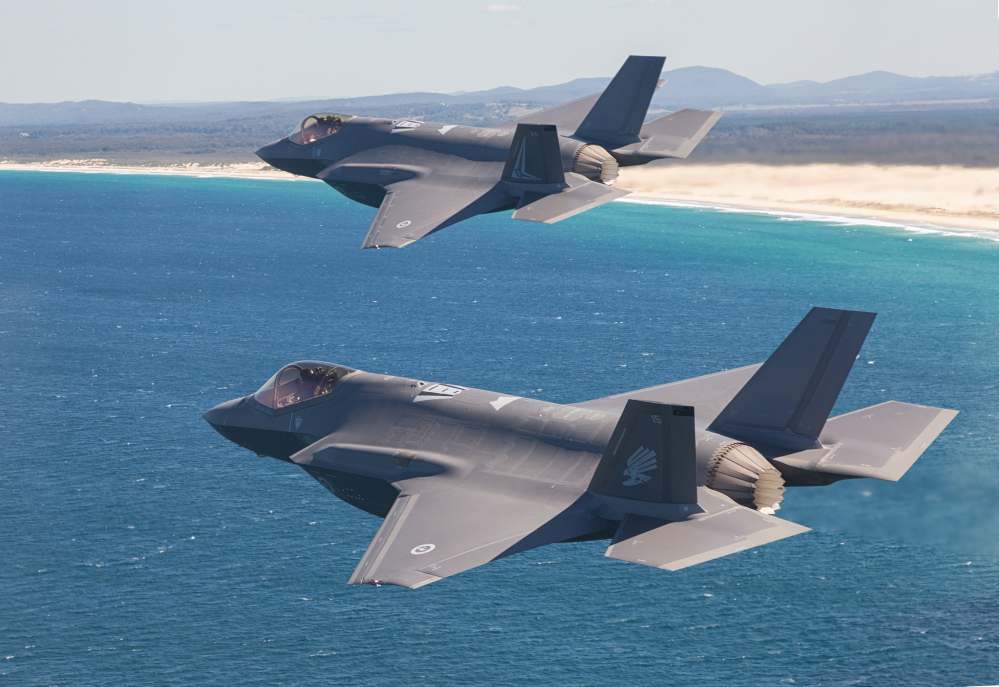
At the RAAF Base Richmond Airshow, I saw the F-35A Lightning II up close for the first time. Watching it take off and manoeuvre at high speed was incredible, but what stood out most was how much engineering is behind every part of the aircraft. It felt like seeing years of theory applied in real time.
The F-35’s shape and surface materials are carefully designed to reduce its radar signature, which is a clear application of physics and materials science. Its engine produces enough thrust to push the aircraft past the speed of sound while maintaining precise control. Seeing it climb almost vertically and turn so smoothly was a powerful example of how aerodynamics and control systems come together in practice.
The aircraft’s ability to combine data from multiple sensors to give pilots a complete picture of their environment also impressed me. It takes inputs from radar, infrared, and other systems, then fuses them in real time. It reminded me of tutoring, where connecting different ideas often helps students understand the bigger picture more clearly.
Watching the F-35 reinforced why I want to become a pilot after finishing university. My engineering studies are giving me a strong understanding of the science and technology that sit behind modern aviation. Seeing the aircraft in action made those concepts feel relevant and practical. As a tutor, I think sharing real experiences like this can help students see where their learning can lead, whether in aviation, engineering, or another field.
Cameron Rolph

